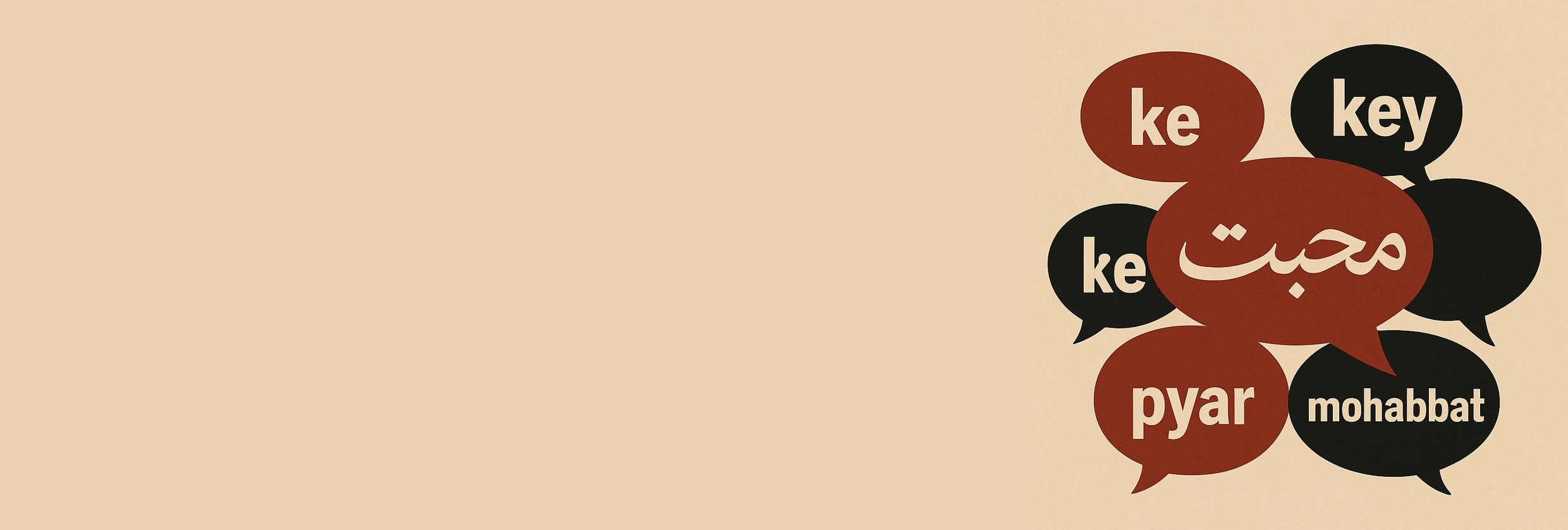In 2012, Sanya* joined an institute to learn MS Office. When the teacher was delivering a lecture, she noticed the girl sitting next to her was writing furiously. Her pen danced across the page like an Olympic sprinter on the track. “Wow, such fast English shorthand!” she thought. Later, curious to catch up on her missing notes, she borrowed her notepad.
What she saw scrawled on it shocked Sanya quite a bit. The pages were filled with what looked like English words, but none of them made English structural sense. Confused, she asked her classmate: “What is this? Which language have you written?” With a casual smile, the girl replied, “Oh, I write in Roman Urdu.”
That moment hit Sanya like a twist in a drama. What she thought was flawless English turned out to be Urdu in English letters. A practice now so common that even classrooms have become battlegrounds where Nastaliq is quietly losing to Roman script.
Is that where our tragedy starts? Urdu is still alive, but its script seems to making its way out. barely surviving.
Before we bury Urdu under Roman letters, let’s remind ourselves what we’re losing. Urdu is among the top ten most spoken languages in the world, with over 230 million speakers across Pakistan, India, the Middle East, Europe, and North America. It is the language of Faiz’s poetry, Ghalib’s wit, Iqbal’s philosophy, and Manto’s rebellion. It carries the fragrance of Persian, the rhythm of Arabic, and the sweetness of Hindi.
Globally, Urdu enjoys respect. Foreigners take courses in Urdu literature. European universities have Urdu chairs.
Continue Reading on The Express Tribune
This preview shows approximately 15% of the article. Read the full story on the publisher's website to support quality journalism.
